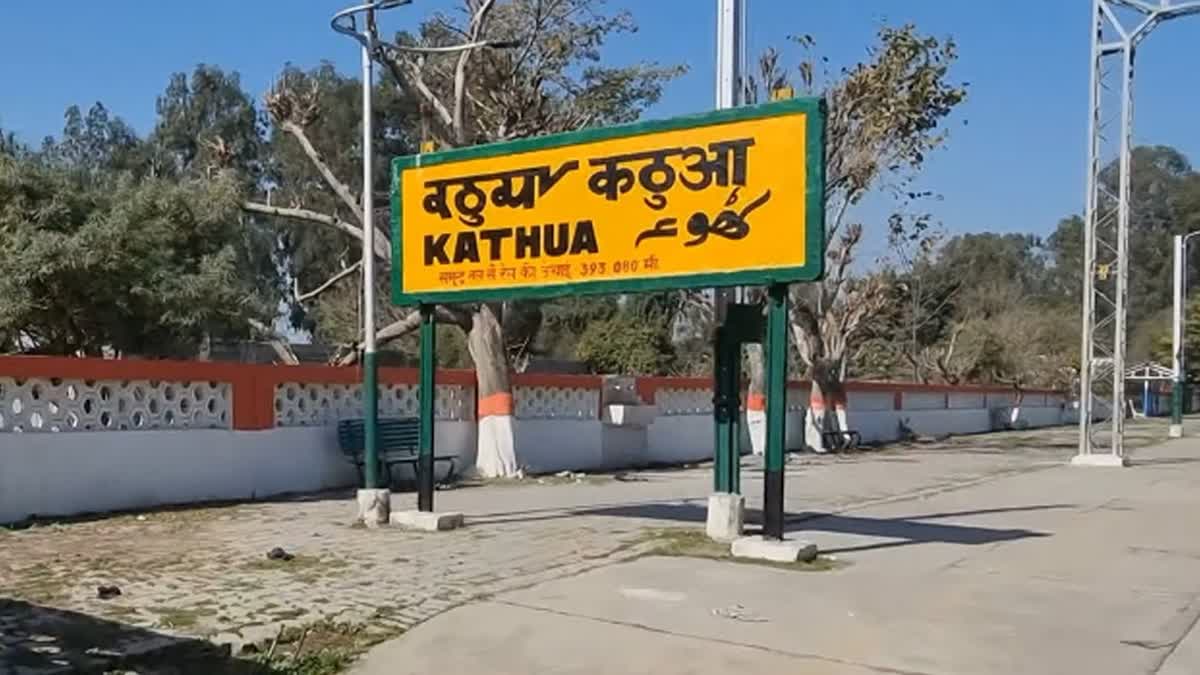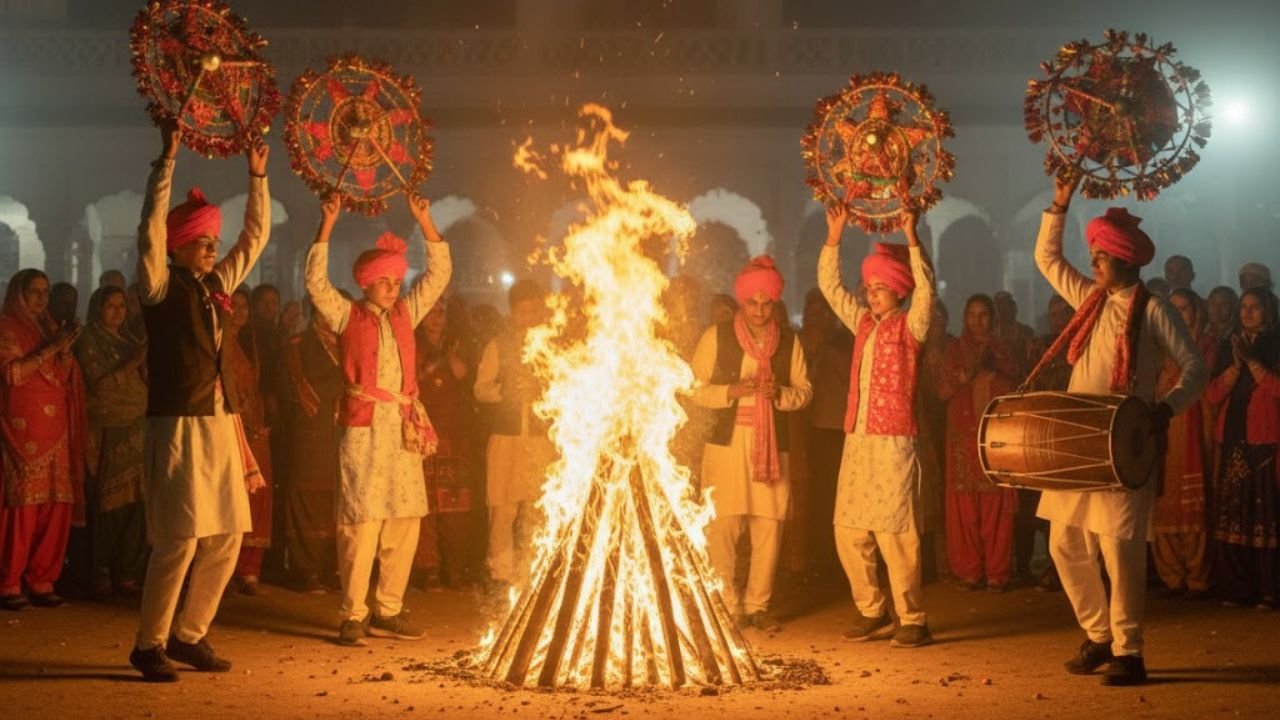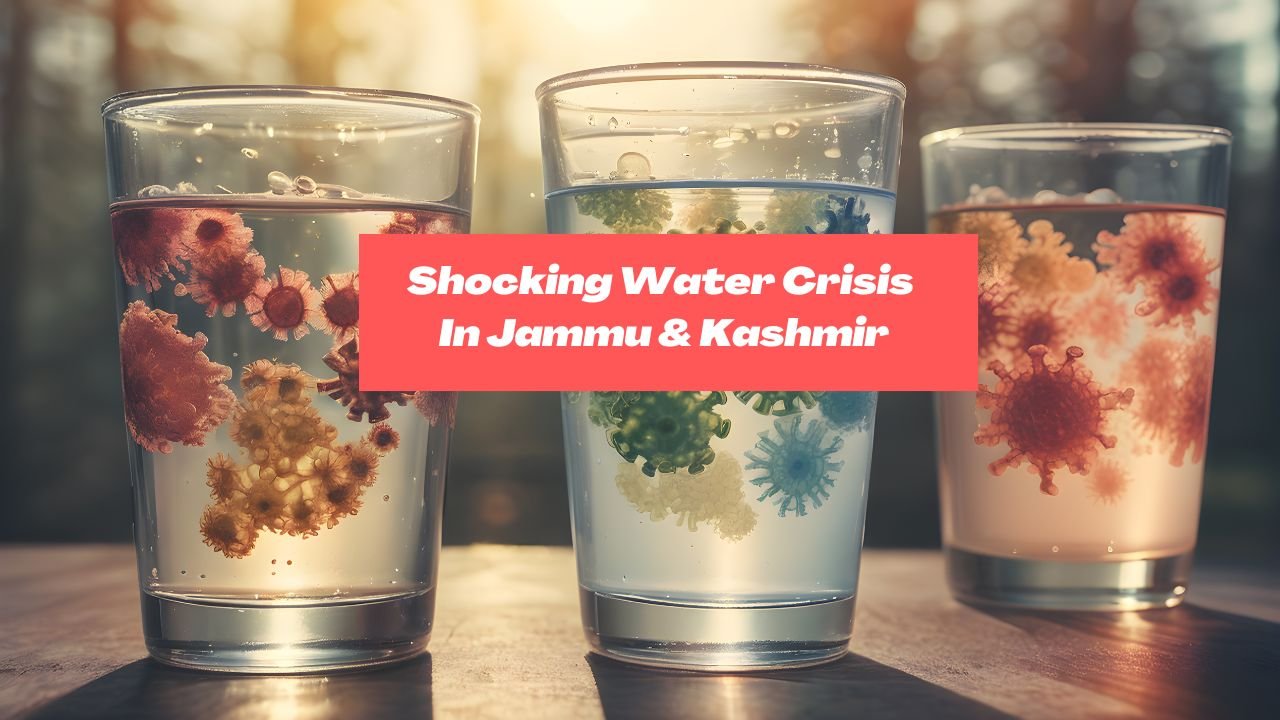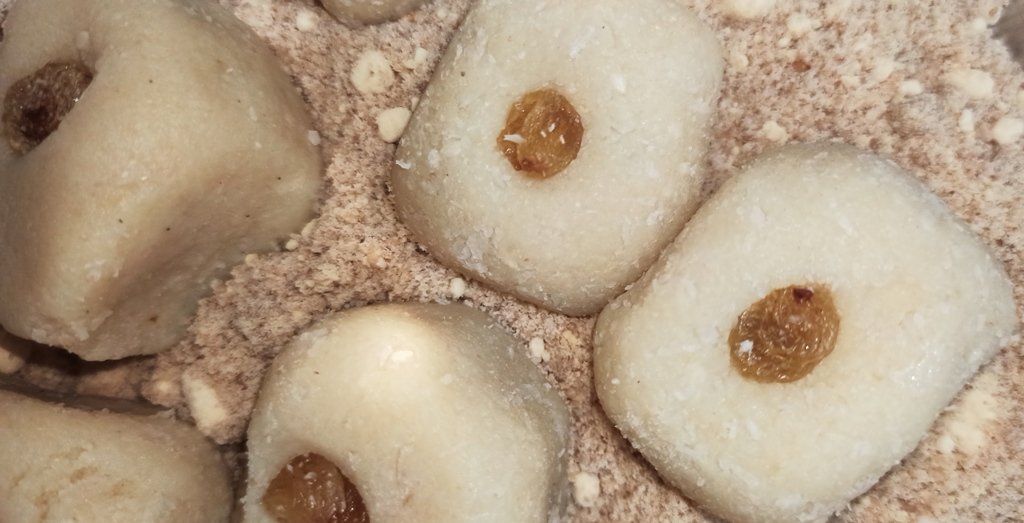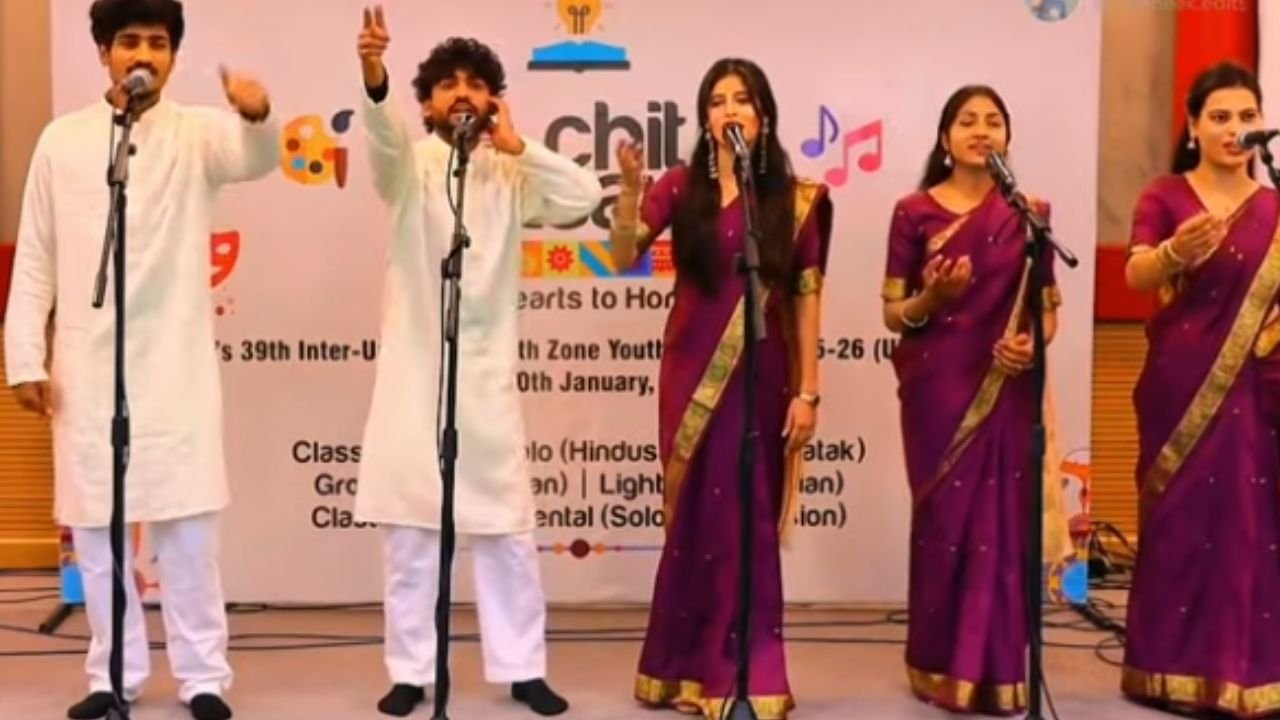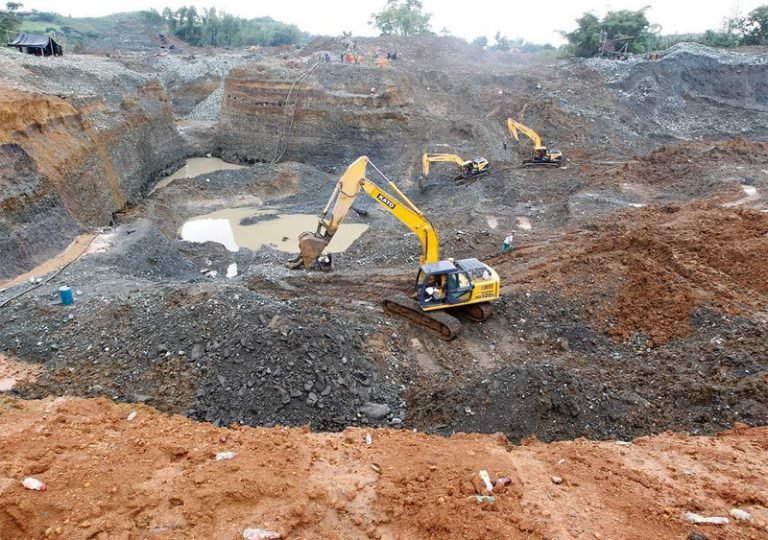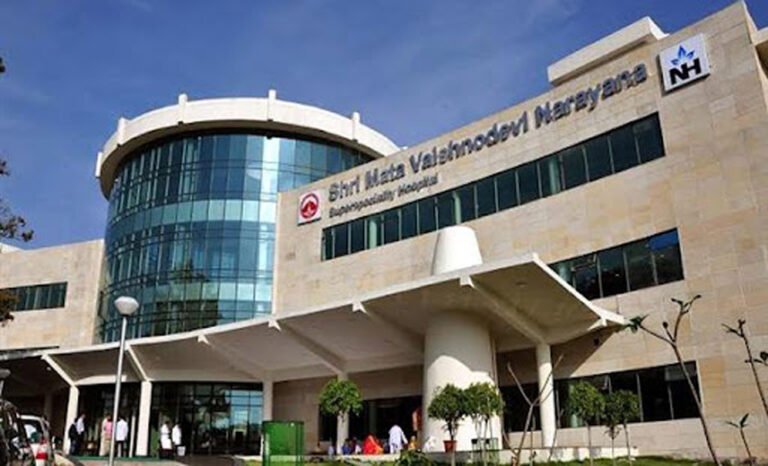According to one of the most popular myths, the name Jammu is derived from the name of Raja Jambulochan, the founder of the city. Jammu has a historical significance in India and is also the best city in terms of spiritual tourism.
Here we bringing you some historical facts about Jammu you must know:
1. Mahabharata Citings– The name of Jammu also figures in Mahabharata. Recent findings of Harappan remains and artefacts of Mauryan, Kushan and Gupta period at Akhnoor have added new dimensions to its ancient character. As such the history of Jammu till 1730 is like a mystery, little is known until 1730 AD, it came under the rule of the Dogra king, Raja Dhruv Deva. Today the city of Jammu is known as ‘City of Temples’.
2. Battle of Jammu(1712)- It was a surprise attack launched by Mughal General Zakariya Khan against the Sikhs who were under the leadership of Bhag Singh. The Sikhs were pursued all the way north to Jammu by the Mughal forces. At Jammu, the Sikhs were met by Jammu King Raja Dhruv Dev (1707-1733), whose father Raja Gaje Singh (1692-1707) accepted Mughal suzerainty during Aurangzeb’s reign. The Sikhs were surrounded and killed by the combined Mughal and Jammu Rajput forces. Their leader Bhag Singh was then captured and executed by Zakariya Khan.

3. Historical significance– According to Tarikh-i-Azmi, Jammu came into existence around 900 CE. Jammu is mentioned by name in the chronicles of Timur (r. 1370–1406), who invaded Delhi in 139. In the Mughal chronicles of Babur in the early 16th century, Jammu is mentioned as a powerful state in the Punjab hills. Emperor Akbar brought the hill kingdoms of the region under Mughal suzerainty, but the kings enjoyed considerable political autonomy. In addition to Jammu, other kingdoms of the region such as Kishtwar and Rajauri were also prominently mentioned.
4. Principalities in Jammu : During the 12th century, Rajputs of Jammu province and carved out separate estates and principalities in Jammu Province, such as, Jammu, Kishtwar, Bhaderwah, Basholi, Reasi etc. which they ruled as independent sovereigns. Except the fact that the city of Jammu was founded by Raja Jamboo Lochan who lived in 9th century A.D, very little information is available about the successive regimes which swayed the different regions of the province from time to time till Raja Ranjit Dev, son of Dhruv Dev, proclaimed himself as the ruler of the principality of Jammu in1730 A.D. From all available information, it appears that the first Raja of Dogra dynasty, named Agnivarna settled at Parol near Kathua and his son subsequently extended his domination as far west as Jammu Tawi.
Jammu is justly famous for its temples. In fact it is known as the city of temples and the fame of it tends to overshadow its palaces, forts, forests and its scenic beauty. If Bahu Mata is the presiding deity of Jammu, the dargah of Peer Budhan Ali Shah is the other shrine that protects Jammuites.




